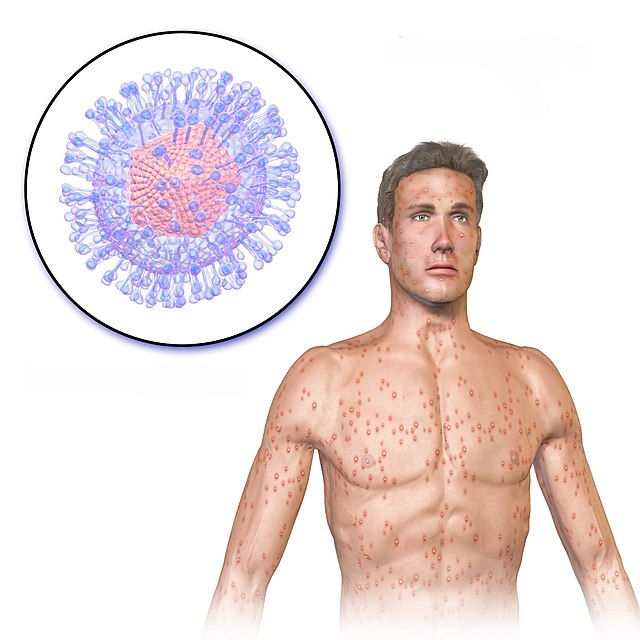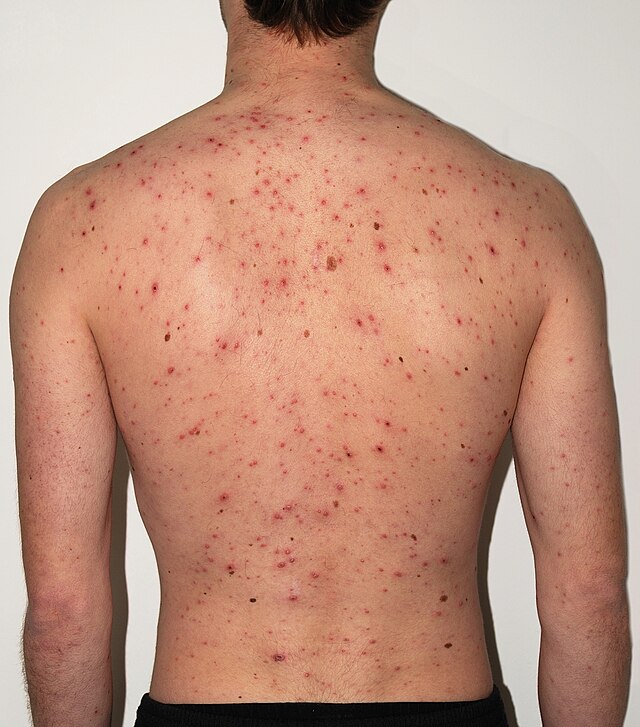Introduction
The Varicella Zoster Virus (VZV) is a complex and fascinating pathogen belonging to the herpesvirus family. This virus is unique in its ability to cause two distinct diseases: chickenpox (varicella) as the primary infection and shingles (herpes zoster) as a reactivation of the dormant virus years later. Understanding this virus is crucial for both healthcare providers and the general public, as it affects millions of people worldwide annually.

Virus Structure and Characteristics
VZV is a double-stranded DNA virus with a distinctive structure:
| Component | Description | Function |
|---|---|---|
| Core | Double-stranded DNA | Carries genetic information |
| Capsid | Icosahedral protein structure | Protects the viral DNA |
| Tegument | Protein layer | Contains viral proteins essential for infection |
| Envelope | Lipid bilayer | Facilitates virus entry into host cells |
Disease Manifestations
Primary Infection: Chickenpox
Chickenpox typically occurs in childhood and presents with these characteristics:
| Stage | Duration | Symptoms |
|---|---|---|
| Prodromal | 1-2 days | Fever, malaise, headache |
| Eruption | 2-4 days | Itchy rash progressing from macules to vesicles |
| Crusting | 5-7 days | Vesicles form scabs and heal |
| Recovery | 1-2 weeks | Complete resolution of symptoms |
Virus Latency and Reactivation: Shingles
After primary infection, the virus remains dormant in dorsal root ganglia and can reactivate as shingles:
| Aspect | Details |
|---|---|
| Trigger Factors | Aging, immunosuppression, stress, illness |
| Presentation | Painful unilateral rash in a dermatomal distribution |
| Duration | 2-4 weeks typically |
| Complications | Post-herpetic neuralgia, vision loss (if ophthalmic) |
Understanding VZV Infections
Primary Infection: Chickenpox
Chickenpox typically occurs during childhood and is characterized by its distinctive itchy rash. Here’s what you need to know about the primary infection:
| Aspect | Details |
|---|---|
| Transmission | Highly contagious through respiratory droplets and direct contact with lesions |
| Incubation Period | 10-21 days |
| Initial Symptoms | Fever, malaise, headache, loss of appetite |
| Rash Progression | Macular → Papular → Vesicular → Pustular → Crusted |
| Duration | 5-7 days for new lesions, 2-4 weeks for complete healing |

Latent Phase and Reactivation
After the initial infection, VZV becomes dormant in:
| Location | Characteristics |
|---|---|
| Dorsal Root Ganglia | Sensory nerve tissue |
| Cranial Nerve Ganglia | Facial nerve regions |
| Autonomic Ganglia | Nervous system nodes |
Shingles (Herpes Zoster)
When VZV reactivates, it causes shingles, characterized by:
| Feature | Description |
|---|---|
| Pain Distribution | Unilateral, dermatomal |
| Rash Appearance | Clustered vesicles on erythematous base |
| Common Locations | Thoracic, cervical, and trigeminal dermatomes |
| Duration | 2-4 weeks for acute phase |
Risk Factors for Reactivation
- Age (>50 years)
- Immunocompromised status
- Psychological stress
- Physical trauma
- Certain medications (especially immunosuppressants)
Complications
Postherpetic Neuralgia (PHN)
| Aspect | Details |
|---|---|
| Definition | Persistent pain after rash healing |
| Duration | >90 days after rash onset |
| Risk Factors | Age, severe acute pain, severe rash |
| Treatment | Multimodal pain management approach |
Prevention and Vaccination
Vaccination Recommendations
| Vaccine Type | Target Population | Dosing Schedule |
|---|---|---|
| Varicella Vaccine | Children aged 12 months to 12 years | Two doses: 12-15 months and 4-6 years |
| Shingrix (RZV) | Adults ≥50 years | Two doses: 0 and 2-6 months |
| Zostavax (ZVL) | No longer available in many countries | Replaced by Shingrix |
Treatment Approaches
Antiviral Medications
| Medication | Dosage | Duration |
|---|---|---|
| Acyclovir | 800 mg 5 times daily | 7-10 days |
| Valacyclovir | 1000 mg 3 times daily | 7 days |
| Famciclovir | 500 mg 3 times daily | 7 days |
Frequently Asked Questions
Q: Can you get shingles if you’ve never had chickenpox? A: No, shingles only occurs in people who have previously had chickenpox or the chickenpox vaccine, as it’s a reactivation of the dormant virus.
Q: Is shingles contagious? A: While shingles itself isn’t contagious, someone with active shingles can transmit VZV to people who haven’t had chickenpox, causing chickenpox in them.
Q: How effective is the shingles vaccine? A: Shingrix is more than 90% effective at preventing shingles and post-herpetic neuralgia in people 50 and older.
Q: Can you get shingles more than once? A: Yes, while rare, it’s possible to get shingles multiple times, especially in immunocompromised individuals.
Q: At what age should I get the shingles vaccine? A: The CDC recommends healthy adults 50 years and older get two doses of Shingrix, 2-6 months apart.
References
- Centers for Disease Control and Prevention. “Chickenpox (Varicella)” [https://www.cdc.gov/chickenpox/]
- World Health Organization. “Varicella” [https://www.who.int/immunization/diseases/varicella/]
- National Institute of Neurological Disorders and Stroke. “Shingles: Hope Through Research” [https://www.ninds.nih.gov/health-information/disorders/shingles]
- American Academy of Dermatology. “Shingles: Diagnosis and Treatment” [https://www.aad.org/public/diseases/a-z/shingles-treatment]
- Journal of Infectious Diseases. “Clinical Management of Herpes Zoster” [https://academic.oup.com/jid]
SEO Keywords: varicella zoster virus, chickenpox, shingles, herpes zoster, VZV symptoms, chickenpox vaccine, shingles prevention, post-herpetic neuralgia, antiviral treatment, immune system
